Introduction
Hair clippers are indispensable tools for barbers, hairstylists, and individuals who prefer to cut their hair at home. While most traditional hair clippers operate at a single speed, many modern models offer multiple speed settings. These different speed settings provide versatility and enable users to achieve various cutting techniques and styles. In this guide, we will explore the various speed settings available on hair clippers and discuss their advantages and uses.
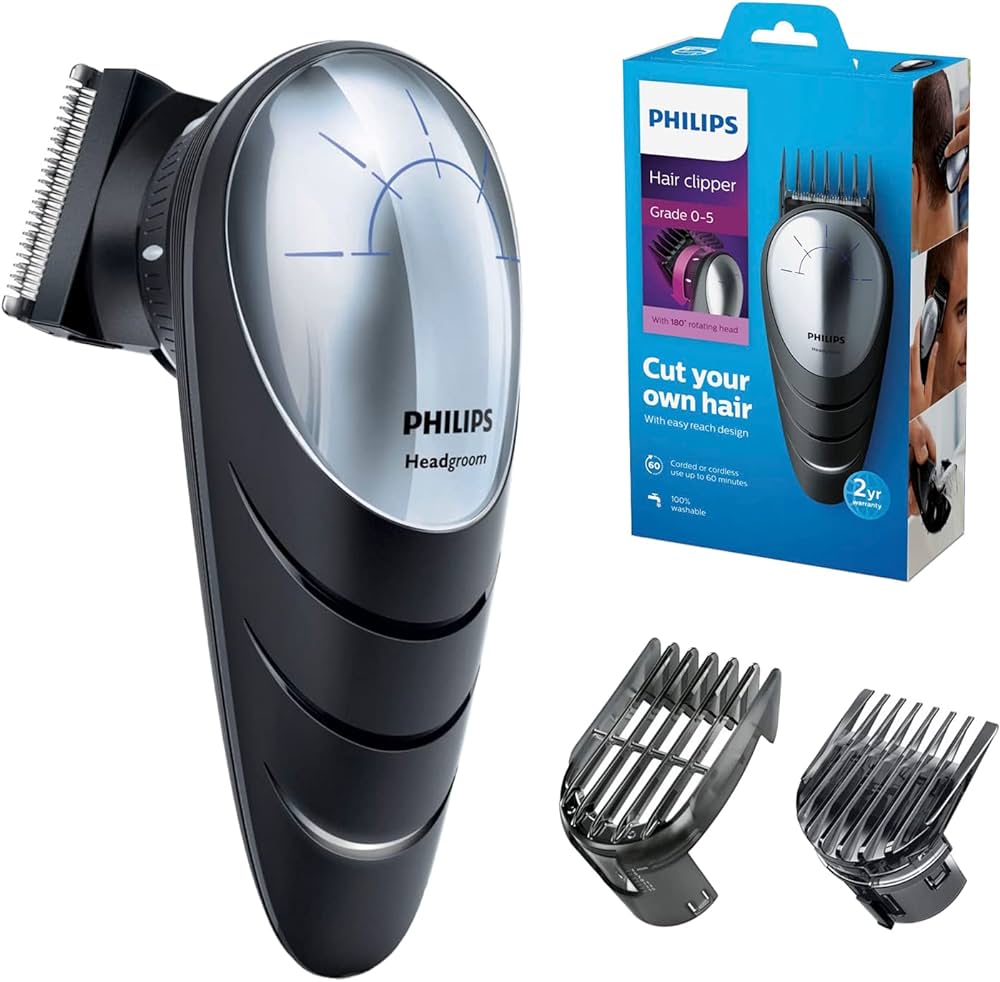
Are there different speed settings available on hair clippers?
Single Speed Hair Clippers
1.1. Definition and Function Single speed hair clippers operate at a fixed speed, typically around 9,000 to 10,000 rotations per minute (RPM). These clippers are designed for a consistent and reliable cutting experience. The blades move at a constant rate, ensuring an even cut throughout the hair.
1.2. Advantages Single speed clippers are straightforward to use and are ideal for basic haircuts and trimming. They are reliable and typically more affordable than clippers with multiple speed options. Additionally, their consistent speed allows for precise cutting, especially for individuals who prefer a uniform length all over their head.
1.3. Uses Single speed clippers are suitable for various hair cutting tasks, such as standard haircuts, buzz cuts, and maintaining short hair lengths. They are often preferred by individuals who prioritize simplicity and efficiency in their hair grooming routine.
Two-Speed Hair Clippers
2.1. Definition and Function Two-speed hair clippers offer the flexibility of switching between two distinct speed settings. These clippers typically feature a lower speed option for delicate or fine hair and a higher speed option for thicker or coarser hair.
2.2. Advantages Two-speed clippers allow for greater versatility and adaptability when cutting different hair types. The lower speed setting is gentler and more suitable for sensitive scalps or thin hair, reducing the risk of pulling or snagging. The higher speed setting provides more power and speed, enabling efficient cutting through thick or dense hair.
2.3. Uses Two-speed clippers are beneficial for barbers or hairstylists who work with a variety of clients and hair types. The lower speed setting is ideal for children, individuals with thin or delicate hair, or those with sensitive scalps. The higher speed setting is suitable for individuals with thick, coarse hair or those who require faster cutting speeds.
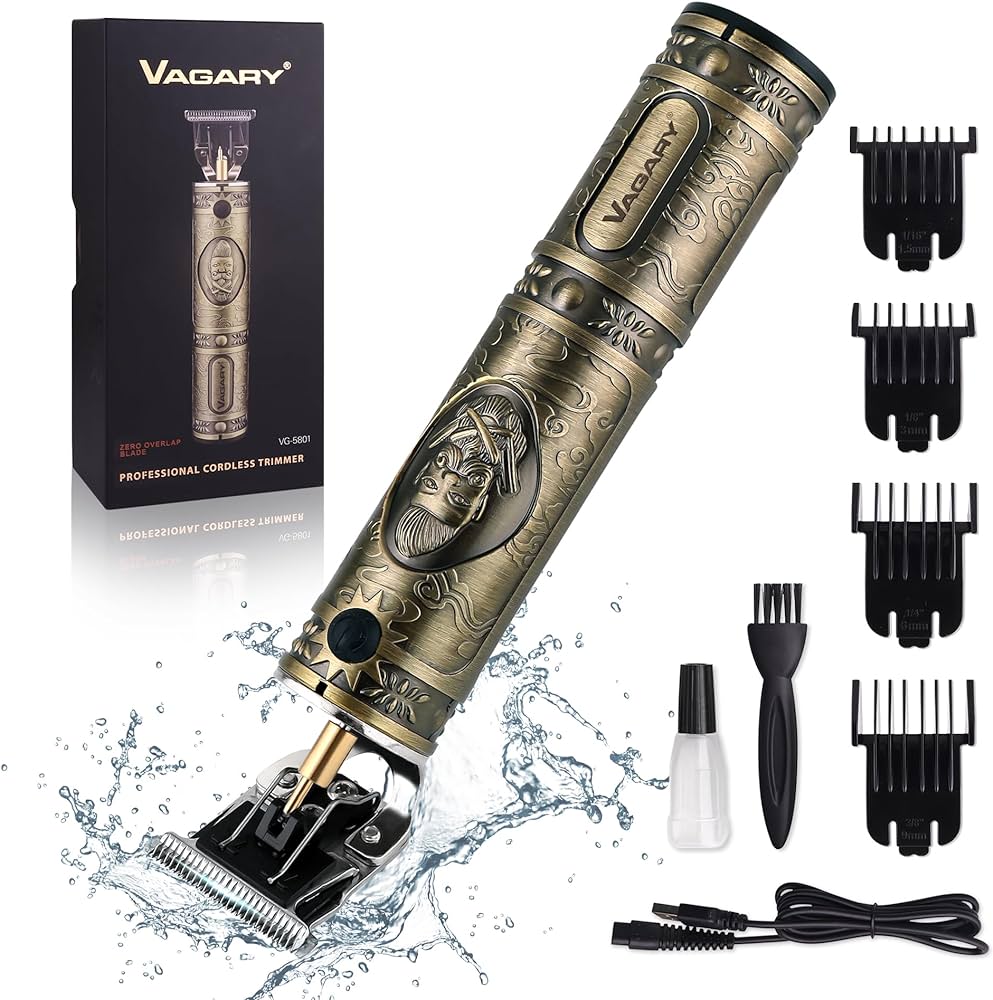
Adjustable-Speed Hair Clippers
3.1. Definition and Function Adjustable-speed hair clippers offer a range of speed settings that can be adjusted according to the user’s preference. These clippers allow for greater customization and control over the cutting experience. The speed can typically be adjusted using a dial or switch on the clipper.
3.2. Advantages Adjustable-speed clippers provide the utmost versatility and control, allowing users to fine-tune the speed to their specific needs. They offer a wide range of speed options, from slower speeds for delicate areas to faster speeds for efficient cutting.
3.3. Uses Adjustable-speed clippers are favored by professionals and individuals who require precise control over their haircuts. They are particularly useful for various cutting techniques, such as fading, blending, or creating intricate designs. Different speed settings can be used for different parts of the head, allowing for seamless transitions and optimal results.
Turbo or Boost Function
4.1. Definition and Function Some advanced hair clippers feature a turbo or boost function, which provides an extra burst of power and speed when needed. This function is often activated by pressing a dedicated button or switch on the clipper.
4.2. Advantages The turbo or boost function enhances the cutting performance of the clipper, making it easier to tackle thick, dense, or challenging hair. It provides an additional power boost without the need to adjust the speed settings manually.
4.3. Uses The turbo or boost function is beneficial for handling difficult areas or hair textures that may require extra cutting power. It can be particularly useful when dealing with thick or coarse hair, dense beard growth, or stubborn areas that require additional cutting force.
Considerations when Choosing Speed Settings
5.1. Hair Type and Texture The choice of speed settings should be based on the individual’s hair type and texture. Fine or thin hair may require lower speeds to prevent damage or discomfort, while thicker or coarser hair may benefit from higher speeds for efficient cutting.
5.2. Cutting Technique and Style Different cutting techniques, such as fading, blending, or precision cutting, may require specific speed settings. Consider the desired style and the techniques involved to determine the most suitable speed options.
5.3. User Preference and Comfort Personal preference and comfort play a vital role in choosing the appropriate speed settings. Some individuals may prefer slower speeds for a more controlled and precise cutting experience, while others may prefer faster speeds for quick and efficient cutting.
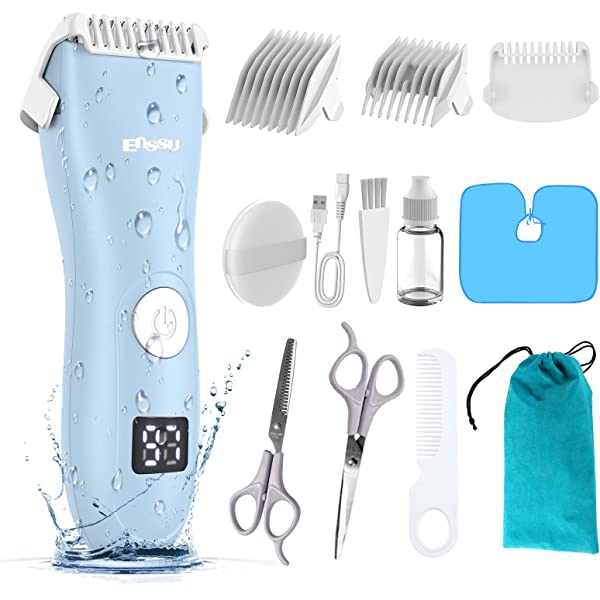
Maintenance and Care for Hair Clippers
Regardless of the speed settings available on your hair clippers, proper maintenance and care are essential to ensuring their longevity and optimal performance. Here are some tips for maintaining your hair clippers:
6.1. Regular Cleaning: After each use, clean the blades and remove any hair or residue that may have accumulated. Use a small brush or toothbrush to gently brush away debris. Some clippers come with a cleaning brush specifically designed for this purpose. Regular cleaning prevents clogging and promotes smooth operation.
6.2. Blade Lubrication: Apply a few drops of clipper oil to the blades before and after each use. This lubrication prevents rusting, reduces friction, and keeps the blades sharp. Follow the manufacturer’s instructions for the appropriate type and amount of oil to use.
6.3. Blade Alignment: Over time, the blades of your hair clippers may become misaligned. This can affect cutting performance and result in uneven cuts. Periodically check the alignment of the blades and adjust them if necessary. Refer to the user manual or manufacturer’s instructions for guidance on blade alignment.
6.4. Replacement Parts: As with any mechanical device, hair clippers may require replacement parts over time. This includes blades, guards, and other accessories. Replace worn or damaged parts to maintain the performance and safety of your clippers. Ensure that you use compatible replacement parts recommended by the manufacturer.
6.5. Storage: Store your hair clippers in a clean and dry place. Avoid exposing them to excessive moisture or extreme temperatures, as this can damage the internal components. Use a protective case or cover to prevent dust and debris from accumulating on the clippers when not in use.
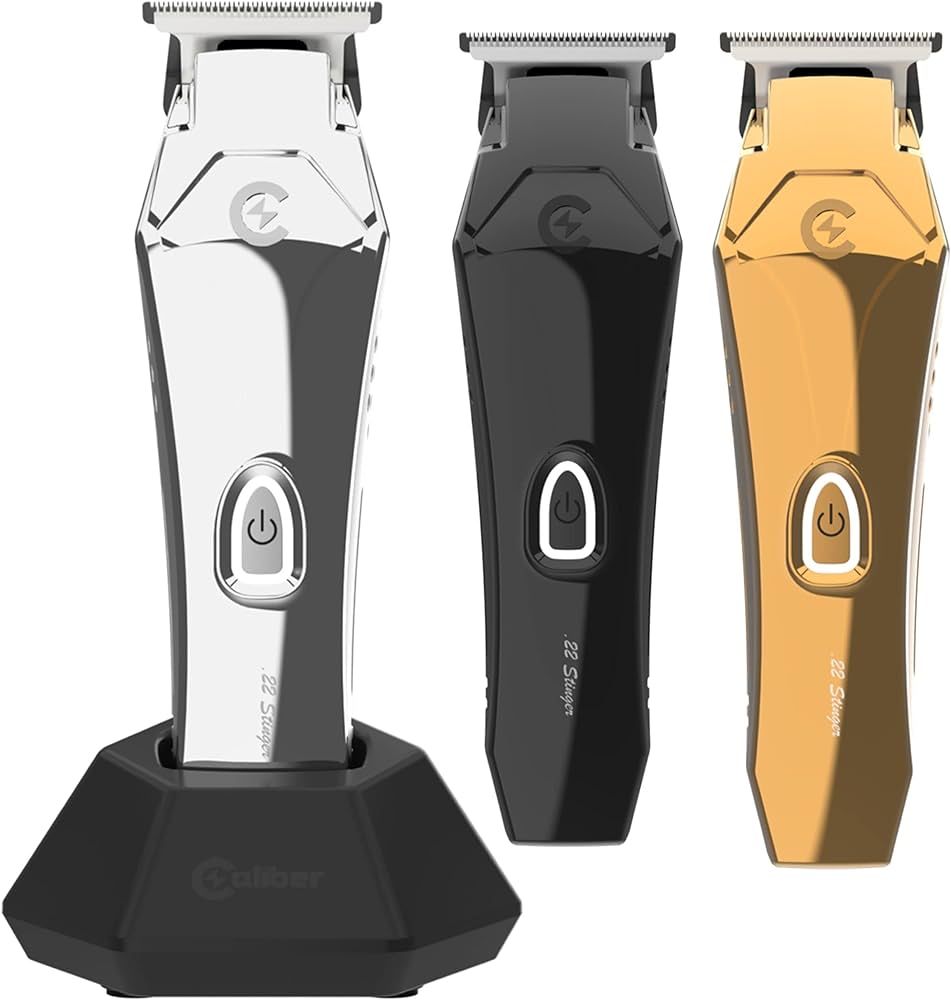
Safety Considerations
When using hair clippers, it is important to prioritize safety to prevent accidents or injuries. Here are some safety considerations to keep in mind:
7.1. Familiarize Yourself with the User Manual: Read and understand the user manual that comes with your hair clippers. It provides important safety instructions, guidelines, and usage tips specific to your model.
7.2. Use the Correct Speed Setting: Depending on the hair type and cutting technique, choose the appropriate speed setting on your clippers. Using the wrong speed setting can result in ineffective cutting or discomfort.
7.3. Use Guards as Directed: If your hair clippers come with guards, use them as directed to achieve the desired hair length. This helps prevent accidental cuts or uneven trimming.
7.4. Avoid Moisture or Wet Hair: Unless specifically designed for wet hair or waterproof use, avoid using hair clippers on wet hair or in a wet environment. Moisture can damage the clippers and increase the risk of electric shock.
7.5. Handle with Care: Handle your hair clippers with care, avoiding excessive force or dropping them. Mishandling can lead to damage to the internal components or cause the blades to become misaligned.
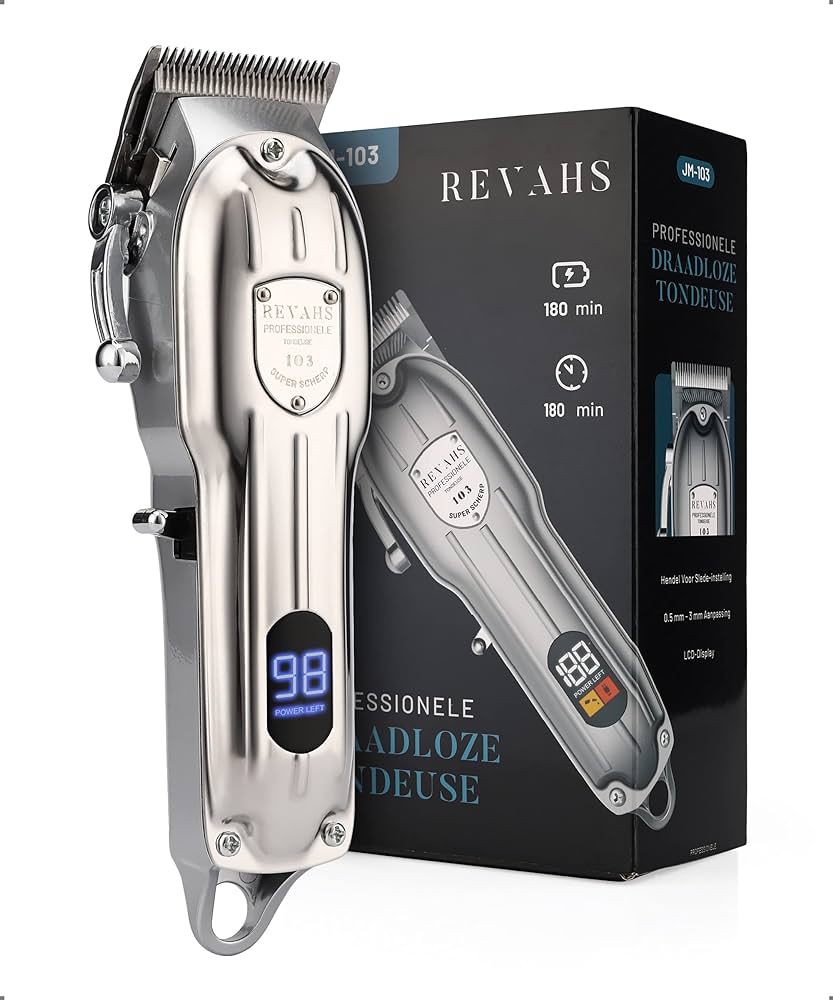
Conclusion
Hair clippers with different speed settings provide users with greater versatility, control, and customization options. Single speed clippers are reliable and straightforward, ideal for standard haircuts. Two-speed clippers offer flexibility for different hair types. Adjustable-speed clippers provide the utmost control and adaptability, particularly for professionals and more intricate cutting techniques. The turbo or boost function adds an extra burst of power when needed. When choosing speed settings, consider factors such as hair type, cutting technique, and personal preferences to achieve the best results. Ultimately, the availability of multiple speed options on hair clippers allows for a more tailored and precise cutting experience.
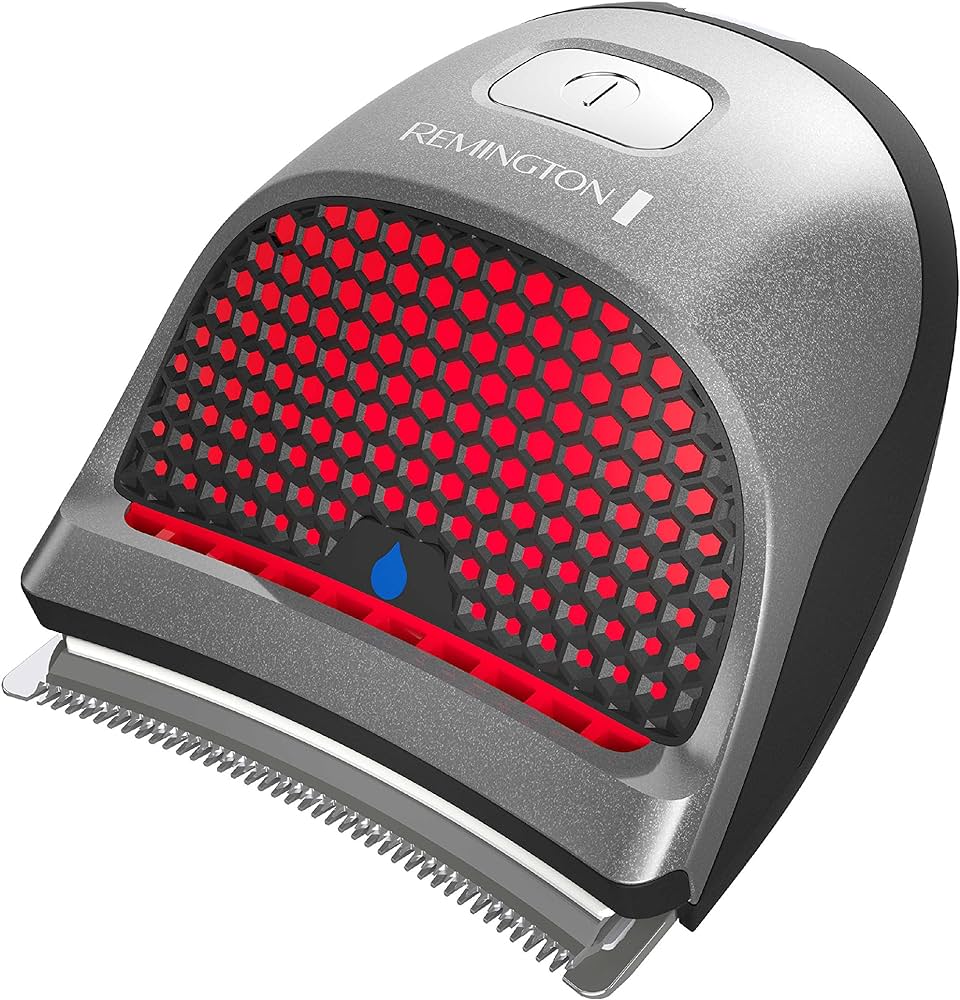
Leave a Reply